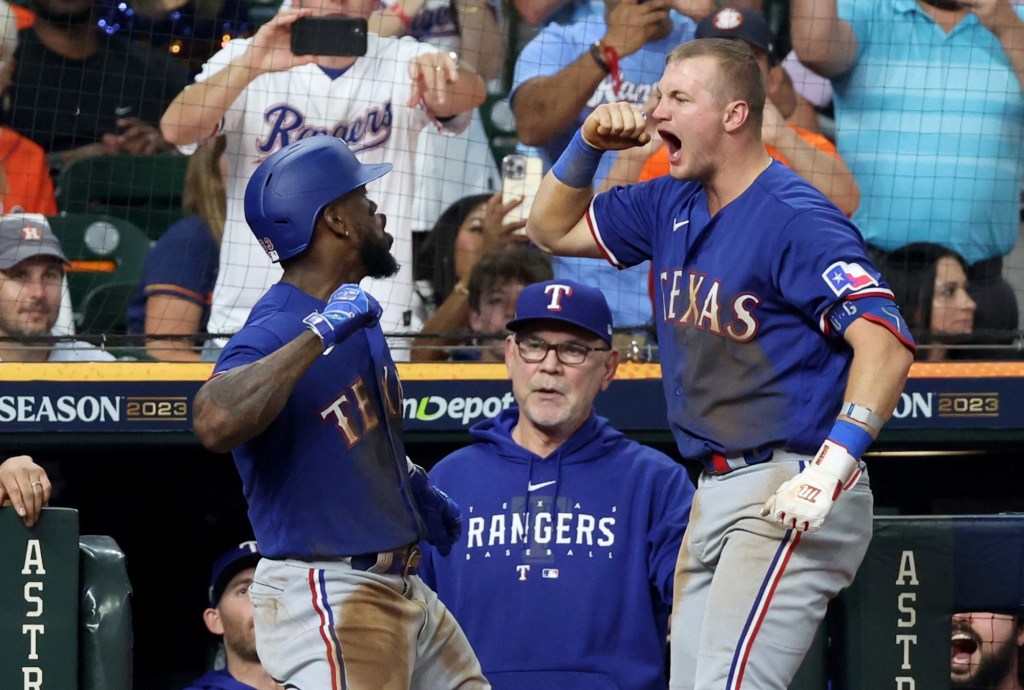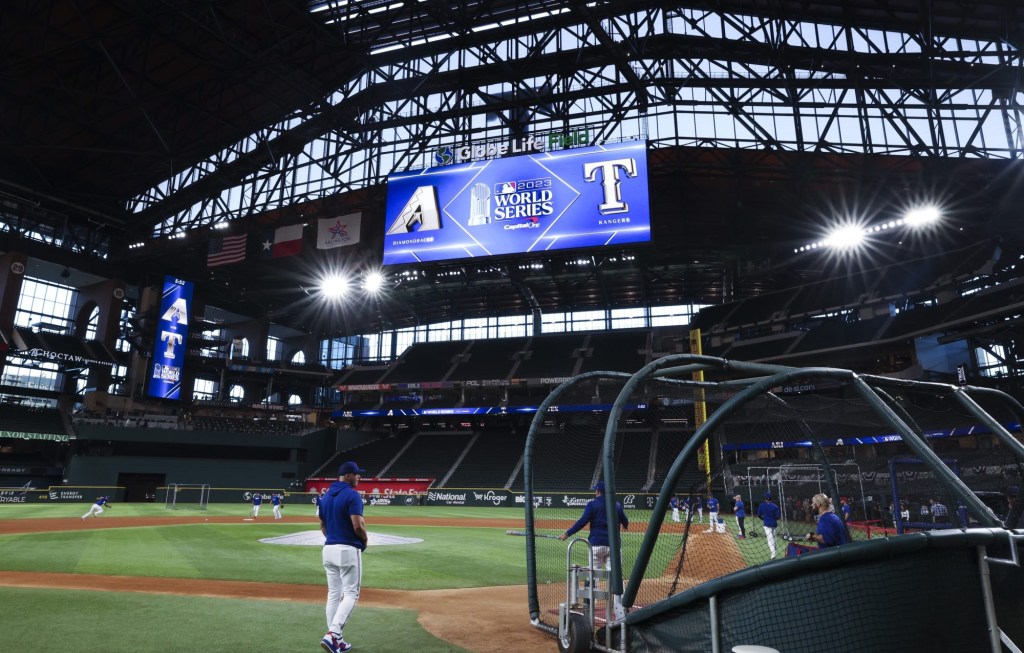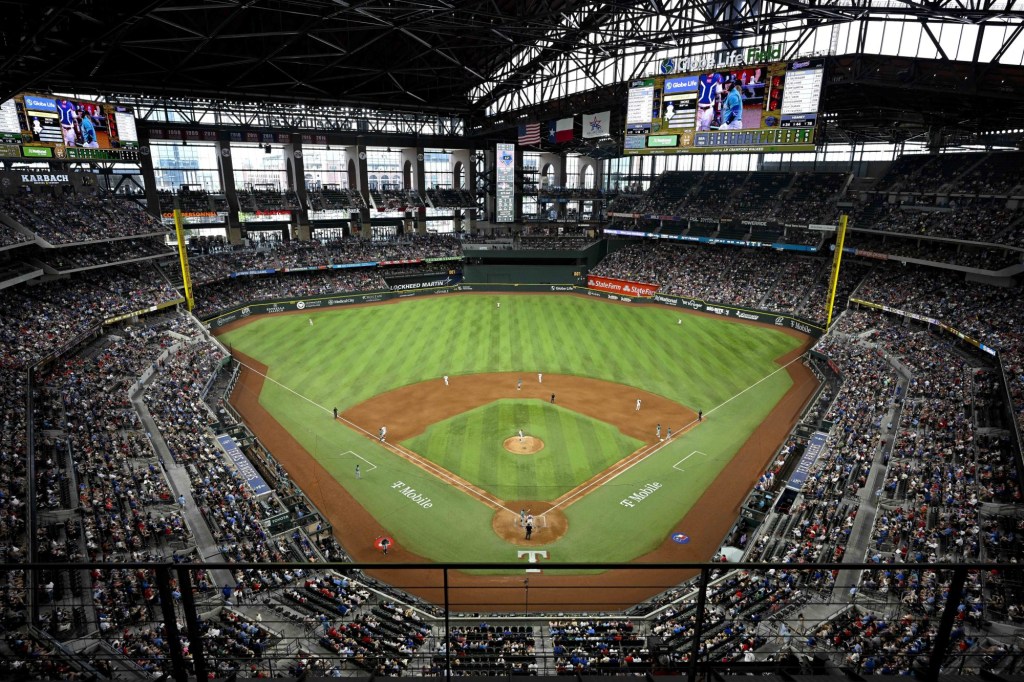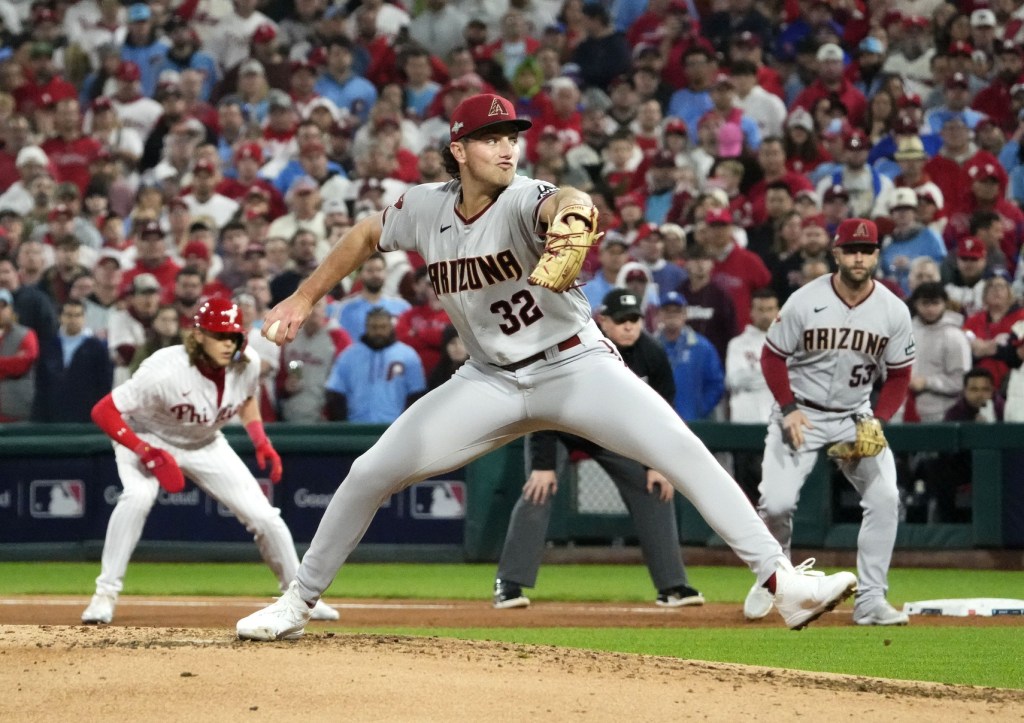The Texas Rangers, to borrow a phrase from their 2023 World Series opponents the Arizona Diamondbacks, have been one of MLB’s most snakebitten teams.
Just one of six current franchises to never win a World Series, the Rangers were one strike away from championship glory against St. Louis in 2011, only to lose in seven games. They lost a five-game World Series to the San Francisco Giants the year before, while other contending rosters over the years ran into competitive buzzsaws like the New York Yankees’ 1990s dynasty and the Jose Bautista-era Toronto Blue Jays of the mid-2010s.
More recently, the Rangers spent $700 million toward the $1.2 billion Globe Life Field, only to see no fans attend that first year due to the pandemic. When fans were finally allowed back, the Rangers greeted them with respective 102- and 94-loss seasons in 2021 and 2022 — the most for the club in a two-year span since 1973 — immediately dampening hopes of greater attendance at the new facility.
But the Rangers’ situation has dramatically improved this year, thanks in part to a potentially precedent-setting $561.2 million spend on free-agent talent that supplemented a comprehensive farm system overhaul, plus moves such as luring future Hall of Fame manager Bruce Bochy out of retirement.
Now, the Rangers-Diamondbacks matchup features two teams — of just six in MLB history — that went from 100 losses to the Fall Classic in two years.
“This is a big step forward for us,” Rob Matwick, Rangers executive vice president of business operations, told Front Office Sports. “We know we now have the eyes of the world on us, and we’re looking to put on a great show.”
Franchise Shift
MLB has long been known for slow, methodical team rebuilding efforts requiring multiple years, such as the elongated paths the Houston Astros and Chicago Cubs took to win World Series titles and the Baltimore Orioles are now attempting.
The Rangers had no use for such patience.
Looking to jumpstart that timeline, they committed that half-billion-plus sum on four free agents in the span of just 24 hours in November 2021 — notably key infielders Corey Seager and Marcus Semien.
That financial outlay marked a significant show of faith by team ownership, led by managing partner and majority owner Ray Davis.
“It always had to be a combination [of player development and free agency], but management looked to make a big statement and then backed it up with resources,” Matwick said.
With those additional player contracts and others, Texas leapt from 20th in MLB payroll in 2021 at $95.8 million to fourth this year at $251.3 million.
That faith, however, wasn’t immediately rewarded. In addition to the 94-loss season last year, the Rangers also fired president of baseball operations Jon Daniels in August 2022, ending his 20-year run with the club. Daniels’ dismissal arrived two days after the club also fired field manager Chris Woodward.
“Bottom line is we’re not good, and we haven’t been good for six years,” the characteristically blunt Davis said then. “To be competitive going forward, I felt that we need to make a change.”
The Rangers’ baseball operations are now led by Chris Young — previously the team’s GM under Daniels and a former big-league pitcher who did a stint in Texas — and three-time World Series winner Bochy, who Davis and Young brought out of retirement with an undisclosed three-year contract making him one of MLB’s highest-paid managers.
Still, more tripwires surfaced after the Rangers signed star pitcher Jacob deGrom to a five-year, $185 million deal last offseason, only to see injuries limit him to six starts this year.
But Davis, Young, and the Rangers just kept spending, adding pitchers Max Scherzer and Jordan Montgomery in deadline deals this summer, and the team’s 2024 payroll already stands at $184 million with several costly decisions still to make for next year.
Stadium Factors
Built through a public-private partnership with the city of Arlington, Texas, the 40,300-seat Globe Life Field advanced a mixed-use development trend championed by other MLB clubs such as the Atlanta Braves. The Rangers’ ballpark forms a key portion of the Arlington sports complex and is surrounded by the Texas Live! Entertainment destination, as well as a series of offices, the Dallas Cowboys’ AT&T Stadium, and the Rangers’ own former home, Choctaw Stadium.
That new facility provided a key lifeline for MLB in the depths of the pandemic when it needed a place to safely stage the 2020 World Series. Globe Life Field ultimately hosted all of that Fall Classic, as well as the preceding National League Championship Series.
Surrounded by strict health protocols, those events provided key lessons for the Rangers, particularly as Texas law allowed limited fan attendance by that time.
“It is obviously different this year, but we know a lot about what to expect, and what MLB’s needs are,” Matwick said.
MLB clubs typically see attendance spikes in years following a World Series berth and in years they host an All-Star Game. For the Rangers, both of those factors apply in 2024. After seeing attendance rise 26% this year to 2.53 million, they anticipate a further spike toward 3 million next season.
“We’re in our budgeting process for next year now, but expectations are certainly there that we will continue to grow that number,” Matwick said. “Getting to 3 million is a lot for a 40,000-seat stadium, but our fans have been very supportive.”
The Rangers will undoubtedly build that fan support even more if they can transcend their snakebitten history over the next week.







